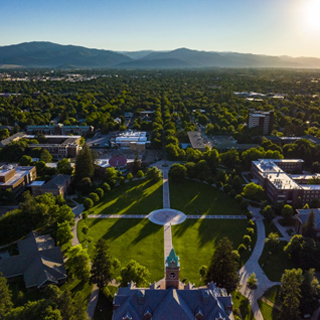Encourage Girls to Code

By Kathryn Grady
When my daughter was seven years old, she was a little sad one evening: She’d tried dance classes and had just tried taekwondo, and hadn’t cared for either. She bemoaned, “What if I don’t like to do anything?”
I quickly racked my brain for something I could offer. I remembered how she’d enjoyed playing with some sort of kids programming app my husband had placed on the iPad. I jumped on the memory and blurted out, “Why don’t you try coding? We could start a club at school!”
Her face immediately brightened. She said, “Yes!” And then, in the same moment, a shadow passed over her sweet face. “But I don’t think any of my friends will want to do it with me because they won’t think it’s for girls.”
I was aghast. She was seven. In second grade.
She had been raised by feminists. How could these gender disparities already be internalized?
Where was she getting these ideas? Were they true? What could I do?
I quickly replied with “Well…why don’t we make it a girls’ coding club, then they’ll know for sure it’s for them?”
She brightened up immediately and our inaugural girls coding club was launched. We had about eight second and third-grade girls meet at Lewis and Clark for several weeks after school, and everything worked out great. I figured out how to run the Hour of Code and leverage other free coding activities, and soon was running ad-hoc coding workshops for all Lewis and Clark students whenever I could find the time. Other parents joined in and ran classes too. We also partnered with ChickTech, got a grant, and helped the Flagship after-school program deliver the same curriculum at other schools around the district.
Meanwhile, I continued to volunteer with the kids at Lewis and Clark. And over five years I saw consistent trends that continue to this day:
- Missoula parents enthusiastically want their kids to learn how to code. They understand that coding is a critical 21st century skill.
- Parents of girls want their daughters to learn coding skills as much as they want it for their sons.
- Even with this parental push, girls start registering in much smaller numbers for the Hour of Code and other coding workshops starting in 4th By 5th grade I will expect to have only 15-30% girls in any coding group.
- No matter what the age, if a girl says she doesn’t like coding but hasn’t tried it, she will almost always offer the reason, “I just don’t think it’s for me.”
So how do we eliminate this chasm between what adults want for their children and what many girls apparently think they want by the time they’re nine or 10 years old?
I would humbly recommend that Missoula County Public Schools begin to formally deliver a mandatory coding curriculum that starts when the kids are young – probably at 2nd grade, if not before. Young children are always excited about coding, and don’t appear to have preconceptions about what it is or who should be doing it. I’ve visited K-2 classrooms and those kids are really jazzed about learning how to code. Free curriculum is available at code.org and no one has to know how to code in order to use this curriculum.
By the time MCPS students reach high school, AP coding classes should be available at all three high schools. Right now, initiatives and classes vary by school in the district. Volunteer-led clubs and nonprofit initiatives are not consistent or adequate.
The longer we wait – the longer we rely on ad-hoc workshops that inevitably fall prey to gender imbalances because girls can choose to opt out – the more we delay the ability to achieve parity in gender representation for educational and professional opportunities.
I’m seeing all of this play out in real time: Last year my daughter was in the sixth grade and her all-girl FIRST Lego Robotics team won the state competition. They had the privilege of representing Montana in Houston at the world competition in April. It was an incredible experience in no small part because Missoula was so supportive: Companies sponsored them, employee organizations and service clubs invited them to speak. They felt like celebrities and could not have been prouder.
A lot of the attention and funding they received was due to the fact that they were an all-girls team.
But this year, two of the girls from that team were too old to be in FIRST Lego Robotics again, so my daughter and her friend formed a new team. But at seventh grade, even with a winning track record, they couldn’t find even two more girls to join them.
I know kids are busy. Yet predictably, they were also told by girlfriends who declined their invitation that robotics “just wasn’t for them” – even though most had never done it before.
So they’re launching a team with a couple of boys. And it’s going to be great and they’re excited.
But if Missoula is going to prepare its children to be competitive academically and professionally, it’s going to have to tackle this issue head-on. We have to start young. Parents want their kids to code, our high-paying local companies want it, and our community wants it.
Getting our girls to want it too won’t be hard if we can engage them early.
We just have to reach them before they’ve begun to believe that it’s not for them.
Kathryn Grady
Missoula, MT
